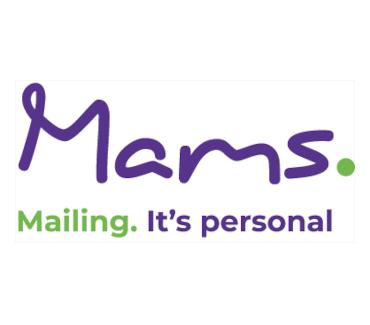In a world where there's an ever-growing focus on corporate and social responsibility, many companies make a point of seeking out the most eco-friendly marketing ideas.
While many turn their backs on direct mail and opt for digital campaigns, it is possible to execute a direct mail campaign in an environmentally friendly manner. How you go about your direct mail campaign is critical. If you get it right, you can enjoy an eco-friendly marketing campaign while also seeing far higher levels of engagement than if you were solely focused on digital marketing initiatives.
How exactly is it possible for direct mail to be environmentally friendly?
We know what you’re thinking!
How can businesses possibly send tens of thousands of leaflets to houses the length and breadth of the United Kingdom and say with a straight face they’re doing it in an environmentally friendly manner?
It’s all about how you do it!
Admittedly, a business that uses plastic wraps to send out their direct mail isn't going to win any awards for its eco-friendly credentials. Even when recycled plastic is used in such campaigns, the overall environmental footprint is still far more considerable than using alternative methods.
One of the most commonly seen alternative materials is potato starch paper, which businesses can use both for printing and wrapping mailing packs. However, while potato starch is compostable, it typically isn't recyclable in the same way a regular piece of paper or card is. Unless you have such detailed data that you know all your customers have a compost bin (and that their local council can deal with potato starch), most of this material will end up going to landfill. We're not going to go as far to say as you might as well have used plastic, but you – and direct mail businesses overall - can certainly do much better when it comes to improving the eco-credentials of this marketing method.
How can direct mail businesses reduce their impact on the environment?
Around 15 – 20 years ago, it was popular for businesses to donate or do something like commit to planting trees to offset their environmental footprint. While many still do that, there’s a far greater focus on doing things proactively to avoid creating that significant environmental footprint in the first place.
So, if you’re looking for a company to help you meet your direct mail needs, ask them about their eco-credentials.
Let’s look at what reducing the impact of direct mail on the environment looks like in practical terms.
1. Only using sustainably sourced paper
Not all paper is created equal; it isn’t enough for a direct business to simply say they don’t use plastic. Where their paper comes from matters, too.
For example, here at Mams, all our paper is sustainably sourced, keeping the environmental costs to everything we send out minimal.
2. Using environmentally friendly inks
When it comes to direct mail and the environment, the materials used to print your messaging are just as vital as what your message is printed on.
Not only can environmentally friendly inks be disposed of more sustainably, but they contain fewer chemicals and other additives that may require environmentally harmful and damaging processes to be produced. An eco-friendly ink will contain water, pigment for the colour, and maybe nothing else!
Check what inks your direct mail company uses when asking how they can help you.
3. Direct mail businesses proactively reducing waste and recycling what waste they have!
When you’re printing direct mail, you’re going to end up with some waste. If you go searching for a direct mail business that doesn’t generate any waste paper, by the time you find one you won’t need direct mail because all your customers will have gone elsewhere.
However, what all the best direct mail businesses will do is have initiatives in place to recycle as much of their waste as possible.
Here at Mams, we’ve invested heavily in state of the art extraction fans that suck up every bit of waste paper during the enclosing process. This waste paper then gets compressed and now we currently recycle 98% of all our waste products. We’re looking at ways to recycle the other 2%! Underpinning all this is a constant desire to minimise waste from all our printing processes and gearing towards our business operation being carbon neutral in the next few years.
4. Encouraging direct mail recipients to recycle
The phrase "we're all in this together" is a favourite among politicians when preaching about various things. Still, it's certainly true when it comes to recycling.
If you recycle as much of your waste as you can, and your direct mail partner does the same, you want your customers to share that ethos, too!
Thankfully, knowledge of recycling is such that most people identify that a piece of paper that comes through the letterbox should be recycled and not sent to landfill. However, there is no harm in ensuring your direct mail includes a message to please recycle your leaflet, paper wrap, and whatever else you send.
Simply encouraging your direct mail recipients to be mindful about recycling is hugely impactful, but how many campaigns actually include such a message?
How environmentally friendly is your direct mail?
Now that you understand a little more about how direct mail can be environmentally friendly, you probably feel like you know a little more about how environmentally friendly your previous campaigns have been.
If you’re looking to make your direct mail even more environmentally conscious, Mams can help.
You can learn more about our eco-credentials here, or contact us here to discuss your direct mail needs.
